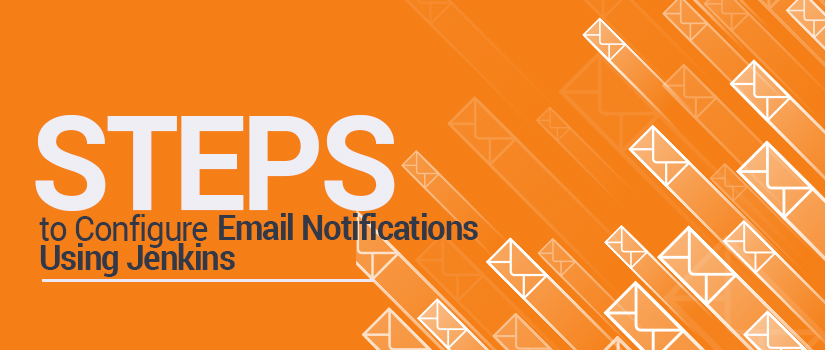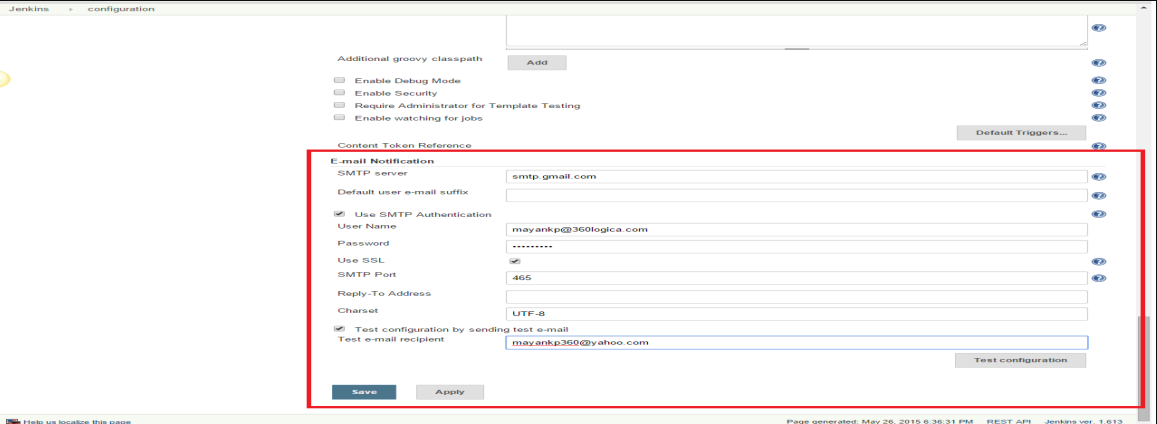Do you have to deal with your extremely slow application/server every day? Has your latest feature undergone a degradation or memory leak? The only way to verify whether your application is performing well or not is to do a regular check.
However, how do you know which tool to choose and which not to? Through this post, we will take a look at the leading open-source sources for load and performance testing.
- Sauce Labs
Sauce Labs is pretty popular among these days and runs over a million cloud-based tests every day. This automated mobile app testing covers over 800 different browsers to ensure bug-free user environment. Furthermore, the testing cloud runs tests in parallel and isn’t time-consuming at all. It can accommodate even the largest testing volume within the shortest possible time.
- TestComplete
With TestComplete, it is now possible to run repeated UI tests across native and hybrid mobile apps. TestComplete is compatible with both Android and iOS devices, and it is possible to create automated test scripts or choose from programming languages including Python, VBScript, and JavaScript.
- Calabash
Calabash is used to perform automated functional testing for native mobile apps. It comes with two open-source libraries for both Android and iOS devices. It can also provide APIs for touch screening experiences and works well with Ruby, NET, Java, and many other programming languages.
- WebLoad
WebLoad is currently available in around 50 virtual users and is 100% free to use. It enables you to do a stress test to let you know of the device’s performance. The tool also comes with an application that helps in recording scripts directly from a mobile device
- Kobiton
Kobiton provides access to devices for running manual and automated test. This mobile device cloud platform is built on top of the Appium open-source framework and could be used to test across devices without script modifications. The main feature of the tool includes commands, screenshots, faster identification, and automatically generated activity logs.
- SeeTest Continuous Testing Platform
The SeeTest Continuous Testing Platform enables continuous testing of mobile applications to boost release cycles and increase quality. The tool continuously tests all types of mobile apps under real end-user conditions. To provide rapid feedback, and to speed up the release cycles, the tests are run in parallel on numerous devices.
- Appium Studio
This free toll benefits the user in a multitude of ways. The main benefits include the ease of writing and recording tests using device reflection, Object Spy, and unique XPath. The tool even features running tests outside your application including audio features, barcode scanning, TouchID, and more.
- MonkeyTalk
MonkeyTalk is an open-source tool that is built out of three components – IDE, Scripts, and Agents. Everything from simple “Smoke Tests” to tough data-driven tests could be done using MonkeyTalk which works well on both Android and iOS devices.
- UI Automator
This open-source run tests only across Android devices. The tests are run using automated functional test cases, and UI Automator framework is built using the scripts written in JavaScript.
- iOS Driver
As the name suggests, the tool is compatible only with iOS devices. Previously, the tool used to run rather efficiently on emulators than devices. But the recent versions run on devices as well as a much slower rate than on emulators. There is no requirement to change the app code or load any additional app for testing your mobile device performance, as the tool comes with in-built applications.
- Robotium
Robotium is yet another tool that works only on Android devices. The test automation framework does its job well on both native and hybrid apps. Alongside, the tool also allows the user to write function, test scenarios, and systems.
- Selendroid
Explicitly designed for Selenium and Android UI testing, the open-source framework of this application interacts with emulators and multiple devices simultaneously. The test ought to be written via Selenium 2 client API, and the test code is based on Selenium 2 and WebDriver API.
- KeepItFunctional
KeepItFunctional keeps your iOS device functional by running test to make sure that your device performs its best. The open-source framework allows amble automation testing of iOS apps.
- Egg Plant
Developed by Test Plant, eggplant is a commercial GUI automation testing product used for both Android and iOS app testing. The tool is useful for image-based testing, network testing, mobile testing, and cross-browser testing.
- Ranorex
Ranorex is used to test both web-based and mobile applications. Ranorex supports a wide array of tests including acceptance test, data-driven test, cross-device tests, automation tests, web tests and more. Nonetheless, Ranorex is mainly used to run functional tests on native iOS apps, and mobile apps.
- Silk Mobile
This automated functional testing tool is the brainchild of Borland. The tool supports testing almost all operating systems including Android, iOS, Blackberry, Windows Mobile, Symbian, and HTML 5. Silk Mobile also features a visual scripting and advanced scripting mode which can be altered based on the organisation’s requirements.
- SOASTA TouchTest
Launched by SOASTA, this functional testing tool aids in continuous testing for both native and hybrid apps. The tool helps in boosting your device’s performance after speeding up the mobile testing on both open-source and commercial platforms.
- Testdroid
Testdroid includes a set of mobile software development and testing products that are developed by Bitbar Technologies Limited. The tool helps in amble testing of mobile apps with automation and manual testing.
- TestFairy
This Beta Testing platform for mobile apps helps to perform testing with an additional feature of video recording in case of both Android and iOS apps. TestFairy is a free mobile testing tool that comes with open-source plugins and API.
- Frank
Frank is presently the only test framework that features integration of Cucumber and JSON. The tool helps the user to write structures acceptance tests and requirements. The tool makes it easy for the user to work with the tool without having to make any modification to the app code.
With so many choices, choosing the right mobile testing app for your device can be a hectic task. With the above list, you would be able to find the one tool that suits your need.
















































































